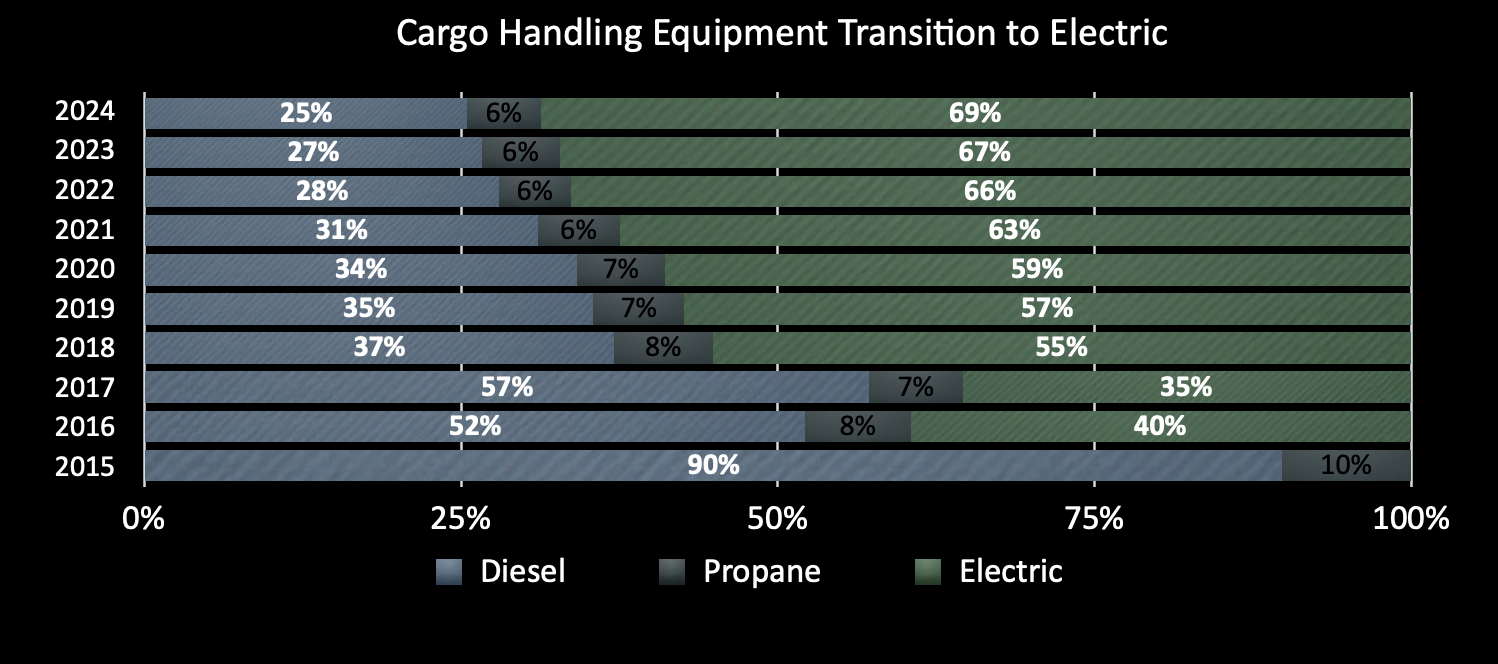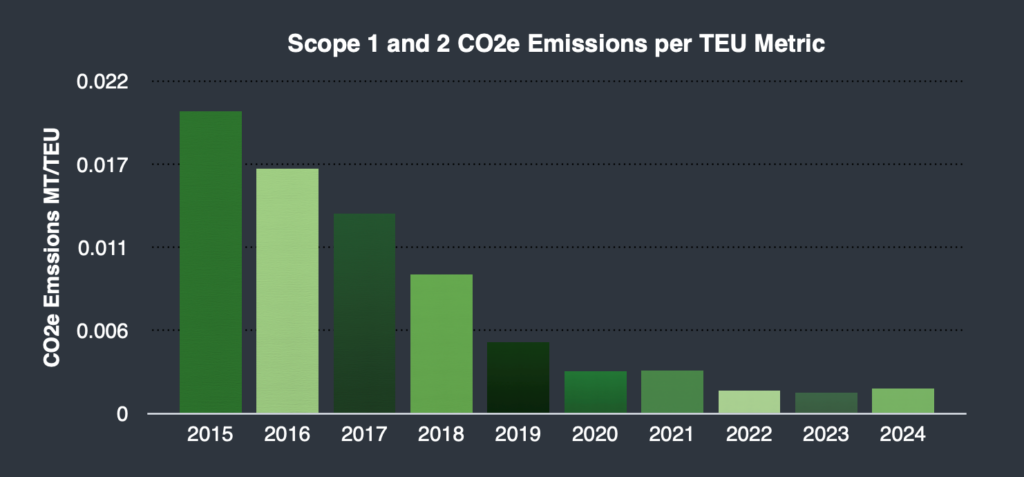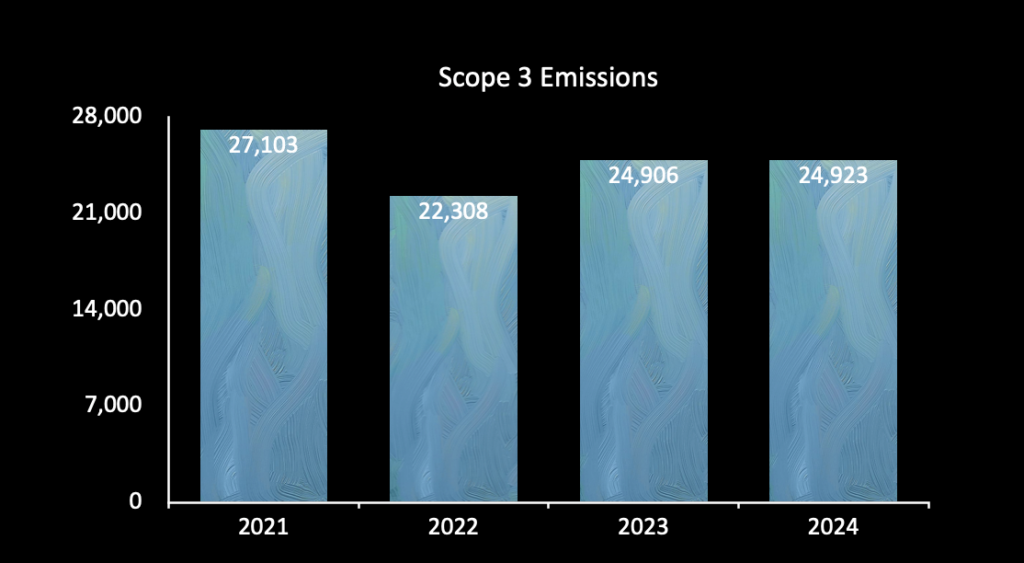
Net Zero
by 2030
The Future is now.

Terminal Update
Click on the image to the left to watch a video about LBCT.
Pathways to
Net
Zero

Readiness
Transition to zero-emission equipment and vehicles.
KEY ACTIONS:
- Replacing fossil-fueled equipment with electric alternatives.
- Investing in renewable energy and infrastructure upgrades.
- Securing funding to support zero-emission goals.

Resilience
Building infrastructure to meet future challenges.
KEY ACTIONS:
- Expanding renewable energy and battery systems.
- Collaborating on grid resilience and climate adaptation.
- Preparing for sea-level rise and extreme weather.

Regeneration
Innovating to reduce industry-wide emissions.
KEY ACTIONS:
- Partnering to cut supply chain emissions.
- Exploring alternative fuels and clean energy solutions.
- Protecting marine ecosystems through green initiatives.
Priority
Actions for Net Zero
We’re advancing our Net Zero 2030 goals with a comprehensive strategy built around four key priorities. Through Planning & Processes, we’re integrating zero-emission policies into our annual operations, refining budgeting protocols, procurement practices, and workforce training to align with our ambitious goals. Our Equipment & Infrastructure efforts include a 5- to 7-year plan to replace fossil-fueled equipment and vehicles, expand renewable energy capacity, and build the robust infrastructure needed to support zero-emission operations. In Funding & Advocacy, we’re actively securing grants and legislative support to bridge the $150M funding gap for critical improvements while supporting our supply chain partners in their transition to zero emissions. Finally, through Community Responsibility, we’re fostering local partnerships, investing in workforce development, and championing environmental stewardship to ensure our climate actions reflect the needs and values of the communities we serve. Together, this cohesive strategy underscores our leadership in sustainable innovation and community impact.
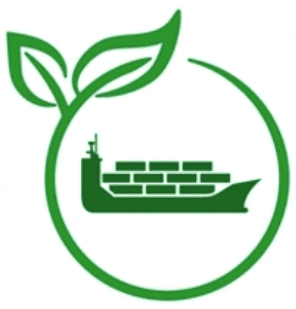

1
PLANNING & PROCESSES
GOAL: Operationalize net-zero equipment and infrastructure procurement/deployment into annual policies, planning, management, and budgeting processes throughout LBCT.
LBCT is using the best available science, data, and partnerships to understand zero emissions vehicle implications and ensure seamless coordination across all the departments. Better informed decision-making reduces uncertainty around infrastructure needs and costs, vehicle charging and technology selection, and procurement of equipment that meets the heavy-duty cycle needs at our marine terminal.

2
EQUIPMENT, FACILITIES, & INFRASTRUCTURE
GOAL: Convert fossil-fueled equipment and vehicles to zero emissions over the next 5 to 7 years and ensure sufficient infrastructure to support the goal.
With 67% of conventional cargo handling equipment already converted, LBCT continues to invest in innovative technologies, secure grants, and collaborate with U.S. manufacturers to achieve its zero-emission goals while maintaining operational excellence. By 2030, LBCT plans to add switchgear boxes and charging stations along with replacing approximately 300 pieces of rolling stock equipment with human operated electric cargo handling vehicles including yard tractors, forklifts, top handlers, reach stackers, maintenance and security trucks, and buses.

3
FUNDING & ADVOCACY
GOAL: Support supply chain partners in the systemwide transition to Net Zero through policy advocacy; secure grant funds to support the Ports ambitious growth strategies and offset LBCT’s own risk as a continued industry first mover.
By securing over $100 million in grants over the last 3 years and actively pursuing additional funding opportunities, LBCT is driving innovation and collaborating with policymakers to create a cleaner, more sustainable future for global goods movement. LBCT has already invested $2.5B in the Middle Harbor Redevelopment Project. Obtaining support for the last $250M is necessary to demonstrate that the economy and the environment can go hand in hand.

4
COMMUNITY RESPONSIBILITY
GOAL: Effectively integrate community considerations into LBCT climate actions.
The Workforce Education and Community Action Network (WE CANnect) empowers employees to engage in impactful local initiatives like participating in local food banks and shelter programs for the socially vulnerable, cleaning up nearby neighborhoods, beaches and waterways, and planting trees. LBCT continues to strengthen partnerships with local schools and colleges, providing students with mentorship, terminal tours, and career insights while supporting sustainability education and showing our youth the many opportunities in the goods movement industry.
Key
Milestones
We’re proud to share the significant progress we’ve made toward our Net Zero 2030 goals. Over 67% of our conventional cargo handling equipment has been transitioned to zero-emission alternatives, with this next step supported by over $100 million in secured grants. LBCT formally reports to GRESB as a global ESG sustainability benchmark. Our efforts have earned us a 96% GRESB score, ranking first among peer container ports for environmental, social, and governance performance.
LBCT discloses all ESG actions and performance in annual sustainability reports located on this site as it relates to environmental and community commitments and emissions reductions. These disclosures align with California Mandatory Greenhouse Gas Reporting Regulations administered by California Air Resources Board (CARB) and are third-party verified by Cameron Cole. All other ESG information is either made available and or presented to relevant public and regulatory entities as appropriate or upon request. These milestones reflect our unwavering commitment to innovation, efficiency, and sustainability in everything we do.
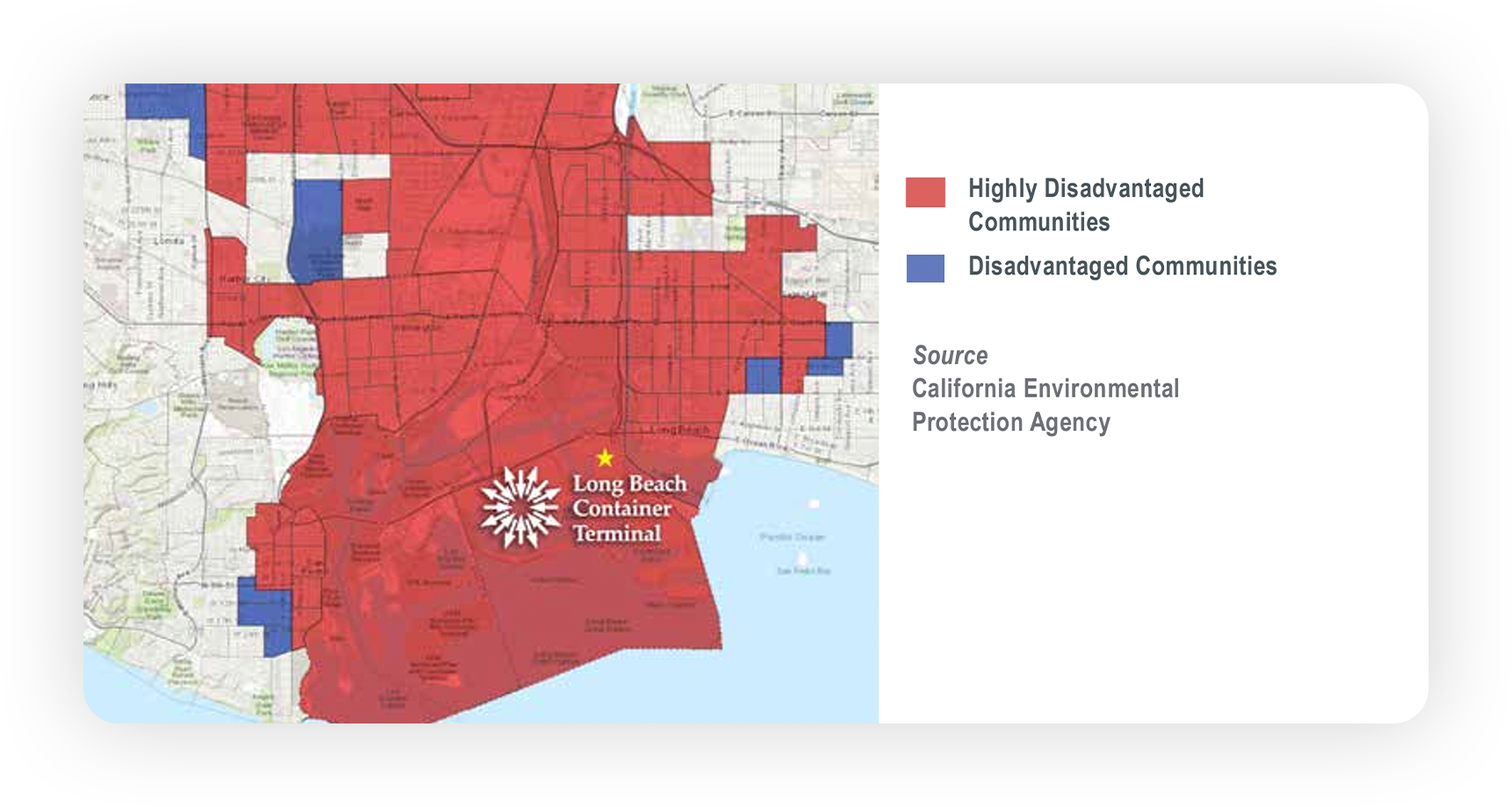

Community Involvement
At LBCT, we believe that sustainability extends beyond our operations—it’s about uplifting the communities we serve. Through workforce development programs, educational partnerships, and environmental initiatives, we’re committed to making a positive impact. From mentoring local students to supporting coastal cleanups, our efforts reflect our dedication to creating a stronger, more connected community.
Benefits
Initiatives
Get Involved
Join us in shaping a cleaner, more sustainable future. Whether through partnerships, volunteering, or community initiatives, your support makes a difference. Together, we can create lasting impact for our environment and the communities we serve.

